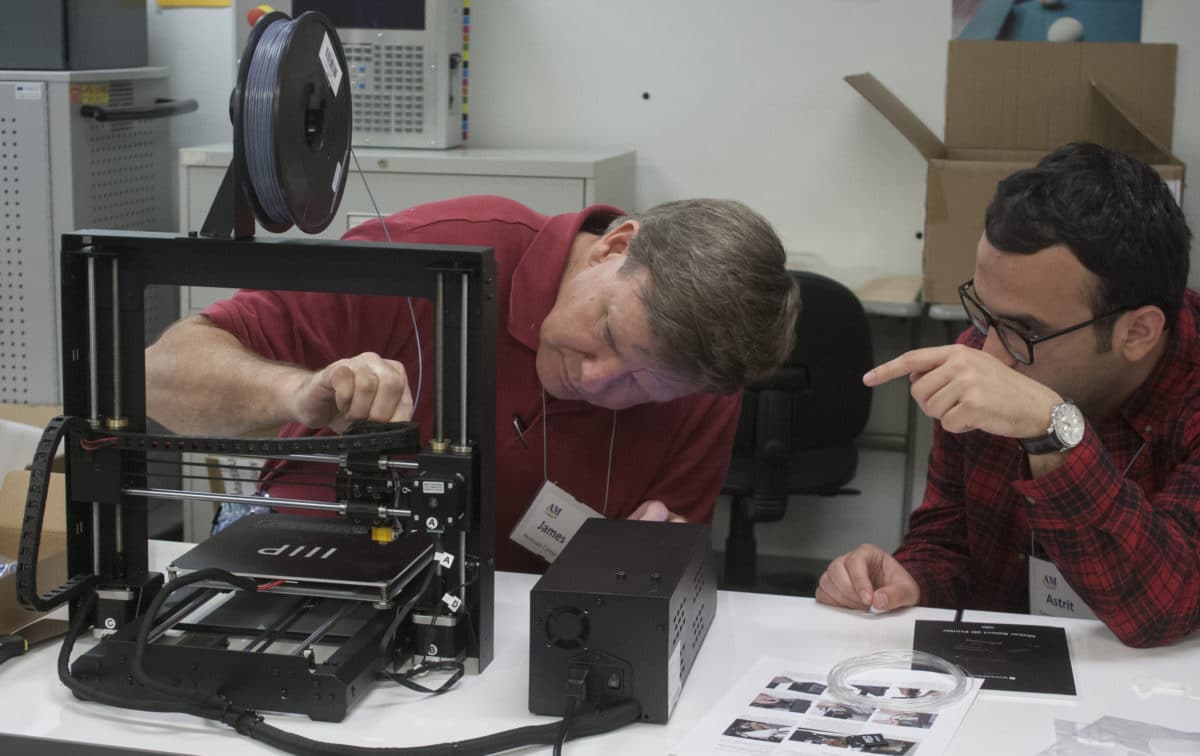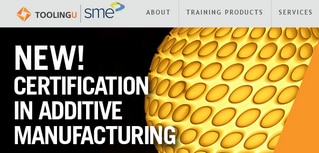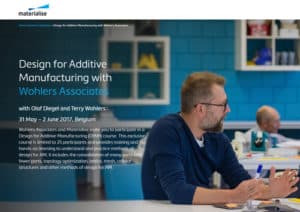3D printing continues to grow and gain attention in the USA and around the world. It is not only the technology that is catching interest, but the opportunity it presents for students and those wanting to enter a new career.
AM News highlighted some of these trends in our April 2017 post: 3D Printing and Materials Skills In Demand, but we also received an email about an article on 3D Printing Jobs from TEAMM Network member Ed Tackett, who heads the UL Additive Manufacturing Competency Center (AMCC) housed at the University of Louisville campus – both organizations are TEAMM Network members. You can read more about the additive manufacturing training work that Ed and his team are leading. Thanks for sharing the article with us, Ed.
The article “Hot 3D Printing Jobs on the Rise” (link below) from Business News Daily starts out with stats on just how big the industry is expected to be: approaching $33 billion by 2023. Here’s the important part from the article for all those involved in training AM technicians for the future: “With that growth comes money and demand for talented people to control these sophisticated devices.”
The in-depth article points out the following nine areas that will see new jobs created or a peripheral boost from 3D printing (meaning we’ll need more people to teach 3D printing, for example from #5, within educational institutions; imagine that). We also know, for #5, that 3D is being incorporated into existing educational programs and current teachers are learning the skills need to increase technician training. While we are certain that TEAMM Network members could add a host of other opportunities to this list, it is a positive trend to see business media covering the topic.
- 3D design and CAD modeling
- Research and development (The article points out that R&D professionals may be some of the people who spot opportunities early due to their work with advanced materials.)
- Biological and scientific modeling
- Architecture/construction modeling
- Education
- Designers for law firms and legal professionals
- Aerospace
- On-staff experts
- Operations and administrative positions
Resources: Hot 3D Printing Jobs on the Rise by Andreas Rivera on September 14, 2017.
In closing, the future is bright for additive manufacturing. If you have a post or an article you see that ties into our work in technician education, please send it along to Robin Ballard here at TEAMM.



